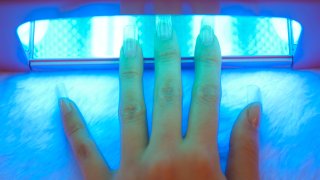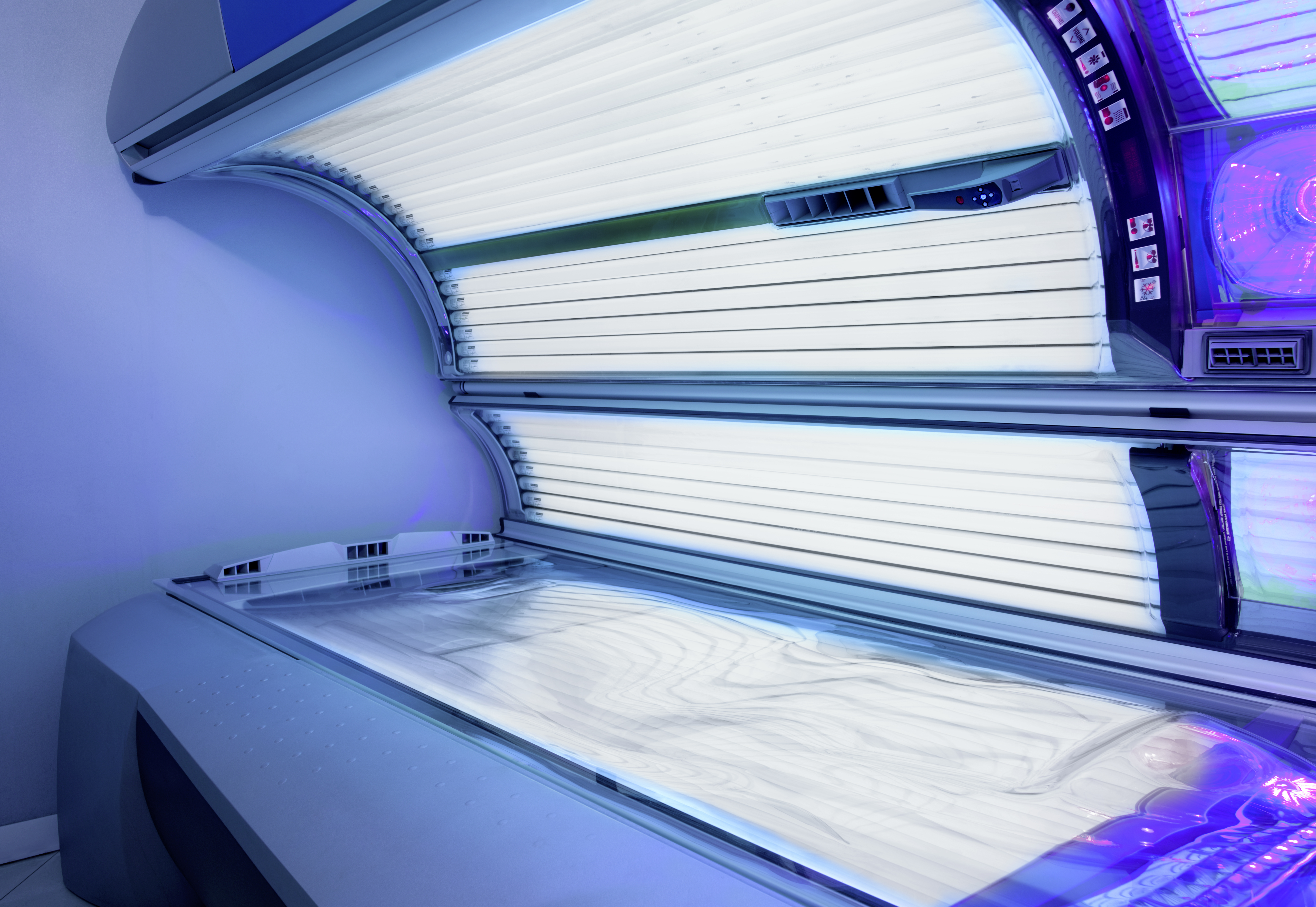
Researchers at the University of California, San Diego have a new warning to those who indulge in gel manicures at the nail salon.
In a study published this week, researchers link ultraviolet lamps, commonly used to cure and dry gel nail polish, to skin cancer, cell death and potentially irreversible damage to DNA.
Many Americans are aware of the dangers of indoor tanning beds — such as a skin cancer and premature aging. The ultraviolet lights used at tanning salons fall within the same wavelength of radiation found in lamps at nail salons.
Get top local stories in San Diego delivered to you every morning. >Sign up for NBC San Diego's News Headlines newsletter.
What is Ultraviolet Light?
Ulltraviolet light is a type of electromagnetic radiation that affects the skin in different ways, depending on its wavelength.
UVA light is the most dangerous on the spectrum, ranging from 315 to 400 nanometers. This is what’s found in sunlamps, indoor tanning beds — and nail polish dryers.
“While UVA is found in sunlight, most of UVA environmental toxicity has been attributed to the use of commercial products, such as tanning beds,” the UC San Diego study says.
This form of ultraviolet light is classified as a carcinogen and can lead to skin cancers like melanoma, premature aging and eye damage, according to the American Academy of Dermatology Association.
Skin cancer is the most common form of cancer in the U.S., according to the association. Experts say an estimated one in five Americans will develop the condition in their lifetime.
The association says melanoma rates have “rapidly risen” over the last 30 years.
'DNA Gets Damaged'
San Diego researchers found UV nail lamps emit ultraviolet wavelengths between 340 and 395 nanometers, nearing the top — and most dangerous — point on the radiation spectrum.
“We saw multiple things: first, we saw that DNA gets damaged,” said Ludmil Alexandrov, a UC San Diego professor and author of the study. “We also saw that some of the DNA damage does not get repaired over time, and it does lead to mutations after every exposure with a UV nail polish dryer. Lastly, we saw that exposure may cause mitochondrial dysfunction, which may also result in additional mutations.”
Alexandrov said researchers looked at patients with skin cancers and saw the same patterns of mutations as they saw in the damaged cells.
Should This Stop Someone From Getting a Gel Manicure?
This research shows nail polish lamps may be riskier than previously believed — but should this stop someone from getting a gel manicure?
“Our experimental results and the prior evidence strongly suggest that radiation emitted by UV nail polish dryers may cause cancers of the hand and that UV nail polish dryers, similar to tanning beds, may increase the risk of early-onset skin cancer,” researchers wrote.
However, they emphasize future research is needed to get a more accurate assessment of the risk.
“It is likely that such studies will take at least a decade to complete and to subsequently inform the general public,” researchers write.
Alexandrov said the cosmetic devices are commonly marketed as safe to use and that this is the first time the potential risk has been studied.
"To the best of our knowledge, no one has actually studied these devices and how they affect human cells at the molecular and cellular levels until now," he said.
How Can I Protect Myself at the Nail Salon?
So, what can someone do to protect their hands and nails at the salon?
The Skin Cancer Foundation suggests using a UVA/UVB sunscreen on the hands before getting a gel manicure. This can help protect against the UV light. However, using sunscreen will not eliminate the risk of sublingual squamous cell carcinoma, which can appear under the nail.
Experts also suggest air-drying nails to avoid UV exposure altogether or wearing fingerless gloves.
To read the UC San Diego study in its entirety, click here.




